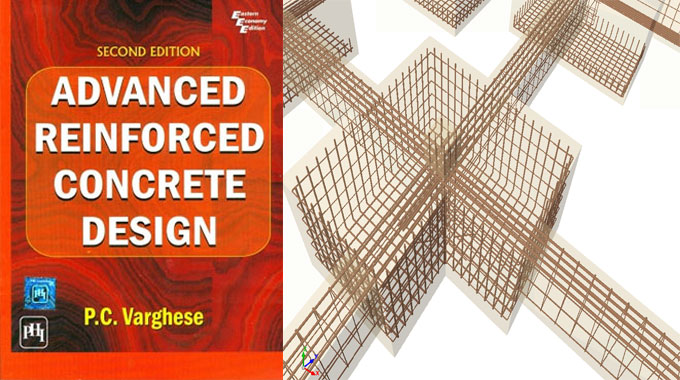NEWS | SOFTWARE | SHEET
A complete e-book for civil engineering and construction experts - Advanced Reinforced Concrete Design
Designed as a handbook edition to the writer’s Limit State Design of Reinforced Concrete (prepared by Prentice-Hall of India), the succeeding version of this extensive and analytically structured content builds on the influence of the first version, extending to offer a lucid and dexterous description of the basics of the science of concrete design.
The book meets the double aim of satisfying the requirements of the postgraduate scholars of Civil Engineering and the requirements of the trainee civil engineers as it emphasis also on the operations followed by the civil engineering.
This e-book, accompanying Limit State Design, describes the complete blueprint operation of reviews Code IS456 (2000). Besides, it explores the techniques stated in several other BIS codes along with those on ductile detailing, winds, and earthquakes.
What’s New to This Edition?
- Lesson 18 on Earthquake Forces and Structural Response of framed buildings has been entirely amended and corrected in order to obey the rules to the latest I.S. Codes 1893 (2002) titled Criteria for Earthquake Resistant Design of Structures (“Part I - Fifth Revision”).
- Lessons19 and 21 which also concern with earthquake design have been re-examined.
- A synopsis of introductory design of reinforced concrete members is included as Appendix.
- Important charts and tables are introduced to facilitate students and enthusiastic designers to come at a quick guess of the steel demands in beams, slabs, columns, and footings of ordinary buildings.
Unique Features of this edition:
- Exhibits the standards of other countries, mainly of UK and USA, and these are evaluated with the Indian standards, hence revealing the student and reader to global operations.
- Provides a great number of calculated illustrations to demonstrate the theory and to reveal their use in real outlines.
- Includes a number of standard technicalities of reinforced concrete members, which will be of immense assistance in field implementations.
- Class based display with each lesson and chapter discussing one lecture topic.


